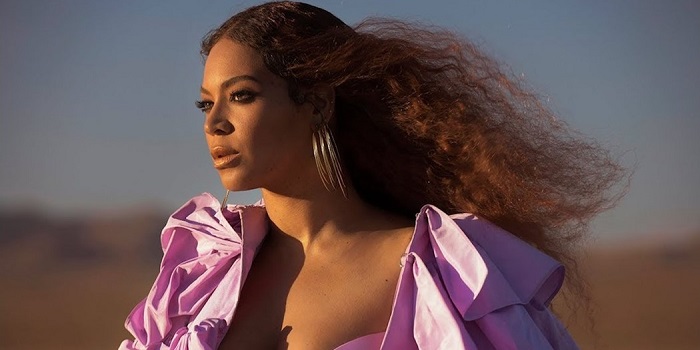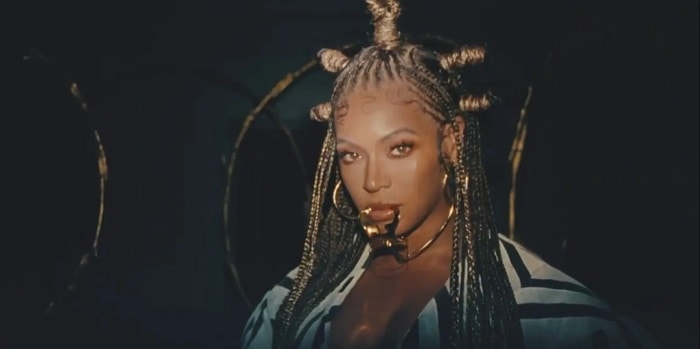When Renaissance World Tour wrapped in October 2023, headlines touted a record-breaking $579 million gross — the highest ever for a female artist and one of the top ten tours in history. But gross isn’t net. Every stadium spectacle carries hidden costs: massive crew payrolls, travel logistics, tax withholding in 30 countries, and Beyoncé’s own profit-sharing with partners like Parkwood Entertainment and Live Nation’s Renaissance rollout.
Fans see the sold-out arenas and custom Mugler bodysuits; accountants see line items that slice through that headline number. So how much did Queen B actually pocket after taxes, production, and staff salaries? Let’s follow the money trail behind the glitter.
The Gross: What $579 Million Really Means

Beyoncé performed 56 shows across Europe and North America between May and October 2023, averaging $10.3 million per night. Ticket prices ranged from $85 to $1,200, and average attendance was 52,000. Live Nation data confirmed nearly 2.8 million tickets sold, producing a $579 million gross — roughly $100 million more than Taylor Swift’s 2018 Reputation Tour. See how the concert film landed with fans in our Renaissance movie review.
However, gross tour revenue includes venue fees and taxes that never touch the artist’s wallet. Roughly 10–12 percent of each show’s gross goes straight to local governments in value-added tax (VAT) and entertainment levies. Subtract another 20 percent in agent commissions, insurance, and promotion fees, and Beyoncé’s share before production costs drops to around $400 million.
The Costs: How the Tour Ate Its Own Budget

Producing Renaissance was an engineering feat — a massive LED stage, robotic horse, 30-truck convoy, and crew of over 350. Industry planners estimate nightly production costs at $2.5 million, or $140 million total. That covers stage assembly, lighting, video servers, wardrobe, transport, and salaries for dancers, band members, choreographers, and security. For performance aesthetics discourse around the era, see this piece on Beyoncé & Sydney Sweeney style “double standards”.
Beyoncé also pays herself indirectly through Parkwood Entertainment, her management and production company. Parkwood retains about 15 percent of tour gross for administration and creative direction. While it’s technically an expense on paper, that 15 percent still flows to her corporate entity, allowing for tax deductions and asset reinvestment — a savvy business move that keeps profits in her ecosystem. For more on the film tie-in born from this era, revisit our Renaissance concert film breakdown.
The Net: How Much She Likely Took Home

After deducting taxes, fees, and production, industry analysts at Pollstar and Forbes estimate Beyoncé’s personal take-home at $150–$170 million. That’s net profit — the portion that hits Parkwood’s books after crew bonuses, insurance, and travel logistics. For comparison, Swift netted about $190 million on her 2023 U.S. leg alone, but Beyoncé’s production was far more technically expensive.
| Category | Approx. Amount (USD) | % of Gross | Notes |
|---|---|---|---|
| Total Gross Revenue | $579 million | 100% | Official reported gross from Live Nation |
| Taxes & Venue Fees | $70 million | 12% | VAT + entertainment levies across multiple countries |
| Agent & Promoter Cuts | $90 million | 15% | Live Nation, CAA, local partners |
| Production & Crew Costs | $140 million | 24% | Stage design, travel, payroll, insurance |
| Parkwood Administration | $45 million | 8% | Creative management retained by her own company |
| Estimated Net Profit (Beyoncé) | $165 million | 29% | Final after taxes and expenses |
That $165 million take home puts her 2023 earnings among the top five musicians worldwide, surpassed only by Bad Bunny and Swift. And unlike most artists, Beyoncé’s Parkwood structure lets her treat the tour as corporate income — reducing effective tax liability to around 25 percent instead of 40 + percent for personal income.
The Merch and Sponsorship Multiplier

While ticket sales fueled the tour’s core, merchandise and brand deals quietly pushed profits higher. Beyoncé’s exclusive Renaissance silver merch line sold over 1 million items worldwide, averaging $100 each — roughly $100 million gross, with net profits of about $35 million. Her exclusive partnerships with Tiffany & Co. and Balmain’s “Renaissance Couture” capsule generated another $25 million in licensing value. For additional context on the era’s visuals and reception, see our Renaissance film review.
Together, these side ventures lifted her tour-year income past $200 million net, boosting her personal net worth to roughly $830 million by mid-2025. Had she opted for external management or outsourced creative direction, she would’ve lost 10–15 percent more in fees — proof that owning the pipeline pays.
The Bottom Line: The Business Impact And Legacy Beyond the Stage and Into Ownership

Financially, Renaissance cemented Beyoncé as the most profitable touring artist per show in 2023 — averaging $3 million net per night. But it also functioned as a brand expansion tool. Her Renaissance film deal with AMC Theaters grossed another $50 million, adding streaming royalties and soundtrack sales to the mix. The tour spawned a micro-economy of local vendors, from hairstylists to lighting crews, responsible for an estimated $500 million in ancillary economic impact across the U.S. and Europe.
Strategically, Beyoncé’s tour proved how female artists can self-finance stadium runs without corporate advances. She owns her masters, publishing, and tour footage through Parkwood, turning every concert film and merch design into perpetual royalty streams. It’s a model artists like Adele and Billie Eilish are now emulating. After every invoice was paid, Knowles-Carter walked away with approximately $165 million net from the Renaissance World Tour alone. But the greater value was structural: her control of intellectual property and corporate operations. By paying herself through Parkwood and re-investing into film and music ventures, she converted a live event into an asset class. The tour’s financial architecture is now a case study in music-industry MBA programs — a masterclass in how to turn creative capital into compounding wealth. For Beyoncé, Renaissance wasn’t just a celebration of sound — it was proof that ownership is the new encore.
 Follow Us
Follow Us




